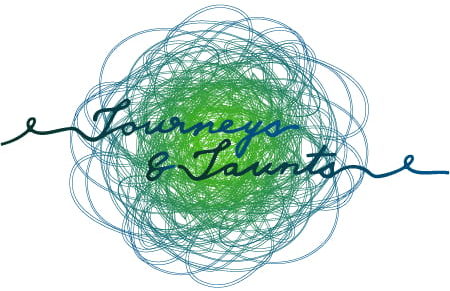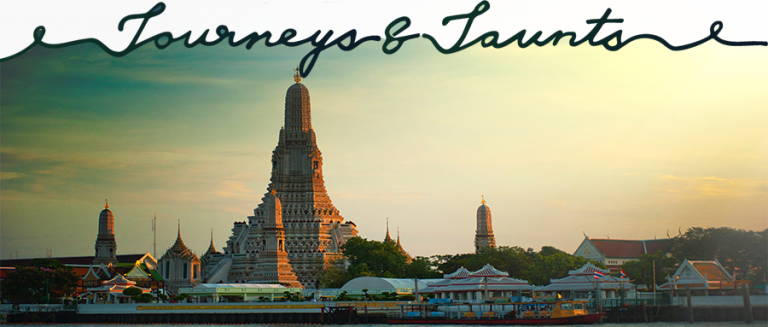On my recent journey to Bangkok, I was able to enjoy the city to the fullest. One experience I made while in this fascinating destination was witnessing a Muay Thai (or Thai Boxing) match. It was a first for me and gave me deep insight into Thai culture. So, I would like to recount it for you here.
The sport of Muay Thai is ever present around Bangkok. Every neighborhood has more than one gym where this ancient form of combat can be practiced. And one of the favorite pass-times of Thai men (and very, very few women) seems to be attending Muay Thai boxing matches to bet on the outcome of the fights.
The Art of Beating Your Opponent Bloody
Muay Thai uses the ‘art of the eight limbs.’ This euphemism means fighters strike at each other with their fists, their elbows, their knees, and their shins. In addition to straight out beating each other, several clinching techniques are used. I found the sport quite hard to watch. Definitely not for the faint of heart. But at the same time, the fighters displayed beauty and grace. Interesting, for sure.

In Thailand, the Professional Boxing Association of Thailand is in charge of pitting opponents in the same weight class against each other. The combatants hail from different gyms, and competing successfully is a great honor, both for the fighter and for his gym.
Rajadamnern Stadium
Arguably the most famous Muay Thai stadium is Rajadamnern Stadium. Which is where – if you would like to observe fight night – I’d recommend you go.
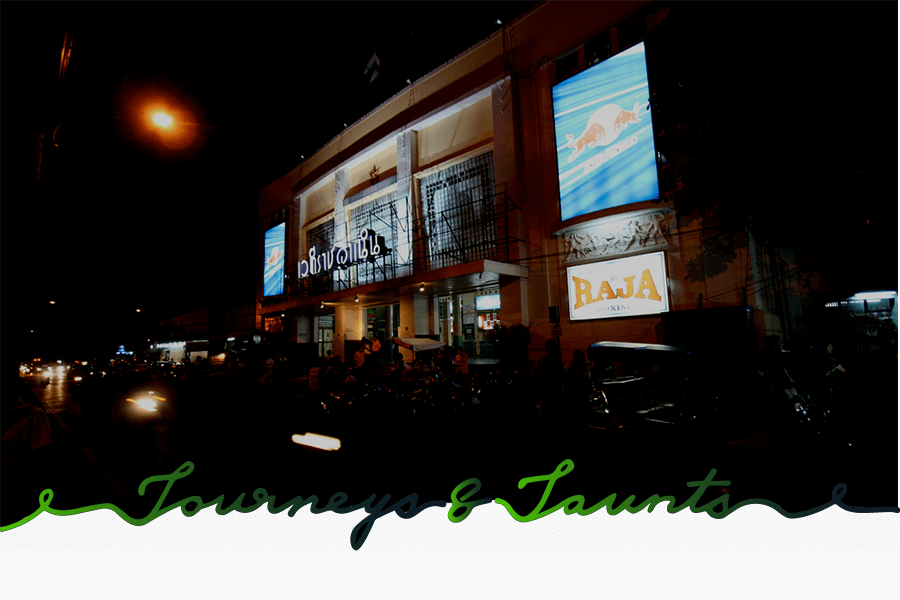
The stadium was built by an Italian architect and opened to the public in 1945. In the beginning, it was an open-air venue, the roof was only added at the end of the 1940s. For the first 7 years of its existence, the stadium was operated by the office of the Crown Property, running at a loss. Therefore, the Crown privatized it, and its last stadium manager founded a new company, which has been running the boxing matches there ever since.
Ticket options
The stadium has a square ring in the middle, with the seats surrounding it in a big circle, amphitheater style. Seats are divided into three categories.
Ringside class seats
The most expensive tickets are those in the Ringside Class. They will typically cost you 2,000 baht. Most tourists going to a Muay Thai match will choose these VIP tickets, as they are closest to the action. Those tickets will yield you a spot in a padded chair with a fancy cover, as well as access to the beverage bar, and a photograph with the winning fighters of the night.

While there is something to be said for being right next to the fighters and their support teams, the other two options have a lot of merit, too. True, it is only in the VIP seats that you are close enough to the fight that, with a little bit of luck – if you can call it that – you might get splattered by sweat or blood. Personally, though, I do not need to see the violence quite as clearly.
Second class seats
A bit cheaper will be 2nd Class tickets, at 1,500 baht a pop. They are still reasonably close to the action, but you are only seated on a concrete bench running around the perimeter. Also, no photographs with the winners, no bar access. Instead, hawkers will wander amongst the spectators, selling drinks. This option is much closer to how most Thais will experience fight night.
Third class seats
If you have less money to spend, you might want to go for option 3: 3rd Class tickets, which cost 1,000 baht per person. It is how I experienced Muay Thai, and I do not regret it in the least! Drinks are not allowed inside the stadium (since they want the hawkers to make brisk business), but you can bring snacks from outside. And, I have to say, nibbling on a meat skewer, fresh fruit or even some mango and sticky rice, all of which are sold just outside the stadium, improves the experience immensely.

The big advantage of 3rd class tickets is that you get the real ‘local’ experience. A friend and I went together, and we were not disappointed. Since we arrived fairly early, the concrete benches were still empty. But they soon filled with (mostly male) local spectators. Many of whom tried to stay as close to the chain link fence separating our section from the 2nd class seats as possible. We found out why once the fighting started…
The fights
When you visit Rajadamnern Stadium, you get to experience a whole lot of fights in different weight categories. Usually, younger and less experienced fighters start the proceedings, then come the ‘star fights,’ and in the end, again somewhat untried combatants.
Many Muay Thai fighters start training very young, and horrible injuries and even deaths are not unheard of. Watching those children fight (the kids competing in the first 2 fights cannot have been much older than 13) was excruciating for me. But I toughed it out. After all, so did the kids actually beating each other up.
Honoring the king
That was later, though. As with any public event (even concerts, movies, or theater performances), fight night starts with the royal anthem and a slideshow with pictures of the royal family. For this, everyone is expected to get up and stand, respectfully silent, until it is over.

The song lasts less than a minute, so it is not much of a chore. The visuals can be different in different venues. I observed this ritual once before a movie screening, and then again at Rajadamnern Stadium, and the slideshows were not the same.
The setup
Fights go over 5 rounds (unless there is a knock-out), each round is 5 minutes, with a 2-minute break in between. The two fighters come from opposite corners (like in boxing), one red, one blue.
Attire of fighters
The two fighters wear loose shorts like in boxing in the color of their corner. They fight bare-chested. When entering the ring, competitors wear a type of headgear called the mongkhon or mongkhol. It is gifted to the boxers by their teacher after they have completed their training, sort of like a belt in karate.
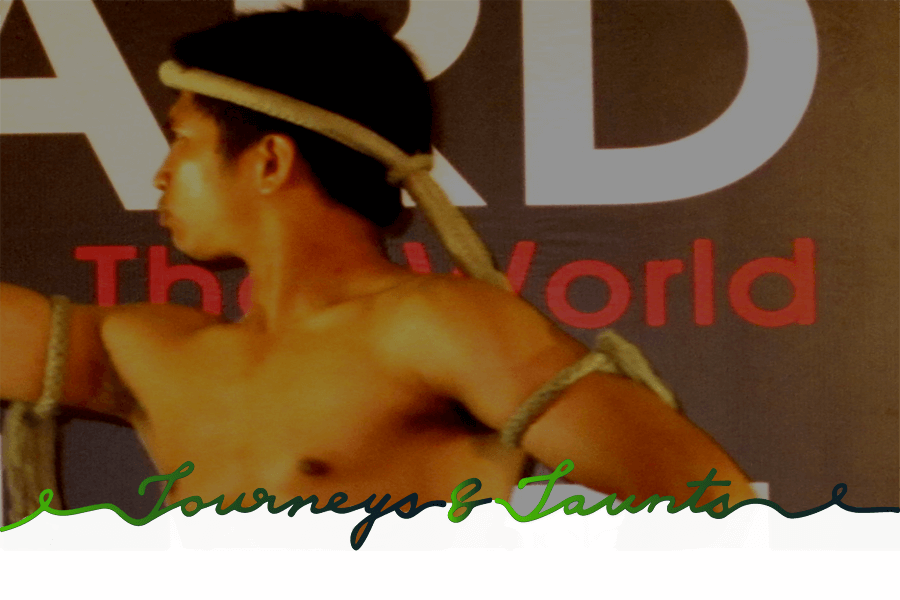
The mongkhol is believed to have special powers, protecting the fighter, and only the fighter’s teacher and he himself should handle it. Also, the mongkhol may not touch the ground or be kept in a low place, as that will make it lose its power. The mongkhol is not worn during the fight, but in the prayer and ritual preceding it.
Wai Kru
This pre-fight ritual is called wai kru ram muay, or wai kru for short. Wai is the traditional Thai greeting, and kru means teacher. It is intended to honor the teacher and mentally prepare the boxer for the fight to come.
When the fighters enter the ring, they circle it counter-clockwise, praying. To do so, they bow their head three times in each of the four corners. The bows are salutations of Buddha, the king, and the entirety of Buddhist monks.

Then starts the wai kru, which can look very different from fighter to fighter. All the wai kru I have seen looked like a cross between a warm-up and a dance. This ritual is done to music, provided by an ensemble of drummers and other musicians seated on a dais next to the ring. These musicians also accompany the fights themselves.
The action
Once the fighters get to it, people perk up and start paying attention. Especially in the cheap seats, where we sat. The first couple of rounds, though, the fighters tend to feint a lot to gauge their opponent’s reaction. But then, from round three is usually when it gets interesting. The boxers will start to go all out in their punches, kicks, and thrusts. And that is often also when the clinching starts.
One of the techniques of Muay Thai is called chap kho, or clinch and neck wrestling in English. While fighters are not allowed to clinch in Western boxing, this is commonplace in Muay Thai. The fighters use the clinch to strike and bind the opponent. They start using their knees and shins to hit the other fighter. Because they are so close, their aim is mostly true, and they can do a lot of damage to their opponent.
At the Muay Thai stadium, watching fighters clinch is an almost painful experience for spectators. At least it was for this spectator. Why? Because the clinches come with sound effects. The entire crowd (at least in our nosebleed section) would groan and moan in unison with every single kick, jab, and thrust. I hated it because it brought home how much it all must hurt the fighters.
The betting
With the more ‘interesting’ rounds of a fight, the gamblers and bookies also came to the forefront. Remember I described how many of the spectators in our 3rd class section were crowded around the chain link fence separating our section from the 2nd class seats? Here’s why:
The guys standing by the fence, or sometimes standing up on the concrete bench and leaning against the enclosure, were the bookies. They watched the fighters with eagle eyes, not missing a single step, punch, knee slap, or kick. And, as soon as the opponents began to fight in earnest, the bookies started waving their hands, offering odds on one or the other fighter.
The way they wave their hands obviously holds special significance, since people shouted, sometimes fist-bumped with the bookie, and in the end, money changed hands. Unfortunately, I am not well-versed in Thai bookie sign language, so I am not sure what it all meant. If any of you know, will you tell me?
Go see for yourselves
If you would like to experience this integral part of Thai culture for yourselves, you should definitely go to Rajadamnern Stadium.
Dates and times
Fights are on Mondays, Wednesdays, Thursdays, and Sundays. They start at 18:30 and go for about 4 to 5 hours. You can leave at any time, no need to wait for the end of a fight, or even a round.
Location
To get to Rajadamnern Stadium, I would suggest taking a cab, a Grab (the Thai equivalent of DiDi or Uber), or a motorcycle taxi. For more information on both Grab and motorcycle taxis, you’ll want to check the article How to waste your time and money in Bangkok from a few weeks back.
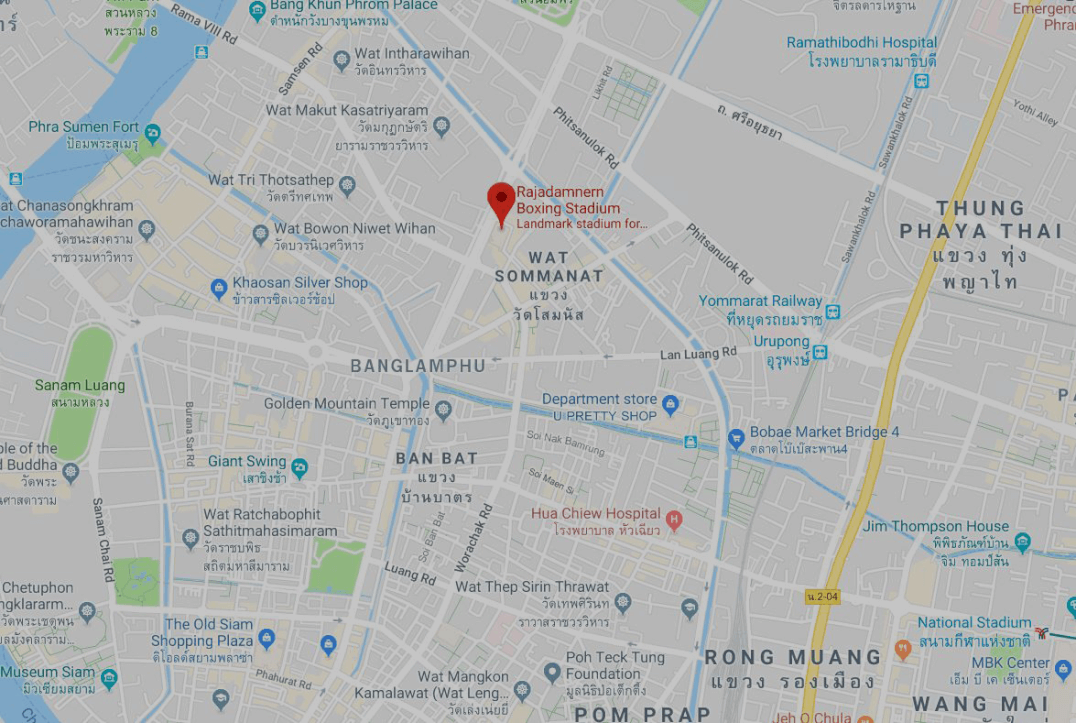
The address of Rajadamnern Stadium is 1 Ratchadamnoen Nok Road. There is no subway nearby, but if you insist on using public transport, bus lines 157ร, 201ร, 503, 70ทด, 70 and 509 all stop there. The buses all run approximately every 15 minutes.
And that is it for Muay Thai. I believe that this once-in-a-lifetime experience should be on everyone’s Bangkok agenda. I say ‘once in a lifetime’ because I am not 100% certain I would go watch it a second time. But I am sure glad I went to see it.
Have you been to Bangkok and witnessed a Muay Thai fight night? Did you enjoy it? Let me know in the comments!
